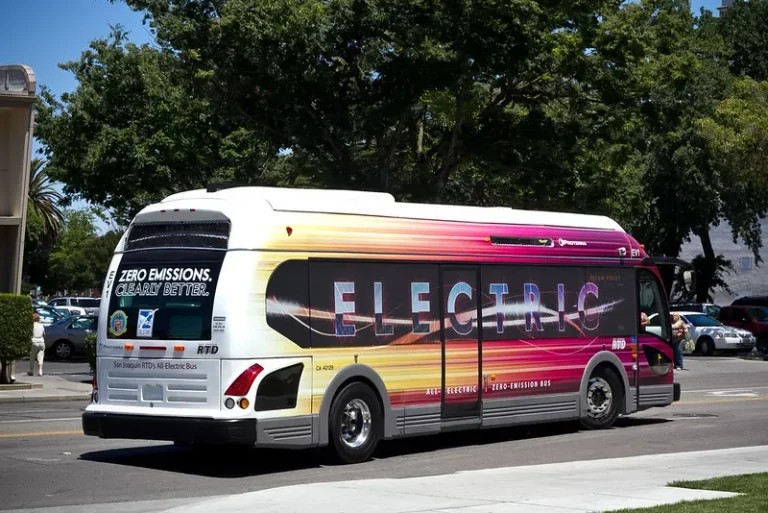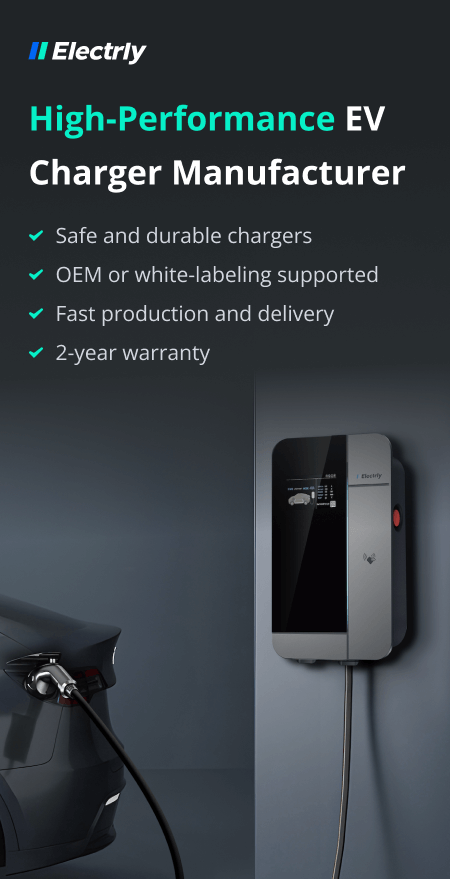I. Exploring the benefits of an electric bus
More than 70 people go onboard public transportation every second – in most cases, a bus, which comes to 34 million times every weekday. Buses are the link between people and possibilities connecting them to places, family, and friends across different locations. No wonder the city is constantly pulsating with them.
However, electric buses have recently taken over the buzz. Especially within cities where governments are consciously trying to reduce the carbon footprints of fossil-fueled buses, electric buses are gradually going viral. Nonetheless, a critical look into the benefits of electric buses will give more insights.
- Benefits for the environment: Incomplete combustion of the diesel engine has contributed immensely to environmental pollution over the years. With the arrival of electric buses on the scene, it becomes easy to ditch diesel engine buses for more environmentally-friendly e-buses. Electric buses don’t emit tailpipe emissions and can charge their batteries effectively with renewable energy sources like solar and wind, reducing the impact of unclean grid energy generation on the environment. It’s like hitting two birds with a single pebble.
- Community and Social Benefits: Noise pollution is often a regular part of most cities, the majority of which is caused by fossil-fueled engines, including diesel-engine buses. The primary reason is the several moving parts of these mass transportation means. However, the electric bus has no combustion engine and very few moving parts, which are responsible for the silent motion and noiseless travels individuals enjoy while traveling in e-buses. This absence of noise pollution has further increased the quality of life within cities where public transportation has caused noise pollution. It has also made electric buses a preferred option for public transit.
- Economic Benefits: The cost of maintaining a diesel engine bus is often very high considering its numerous moving parts that need constant oiling and repairing periodically. In contrast, the electric bus requires little to no maintenance routine considering that it does not have a combustion engine and it has very few moving parts. Hence, it is more economical than a diesel-engine bus. It also reduces the operation cost, especially for cities with a significant number of electric buses, as the charging often costs less than diesel per range. The enormous savings made with electric buses makes it hard to ignore as an option over fossil-fueled buses.
- Optimizing Consumption: Another reason to opt for electric buses is the ability to control electricity consumption during charging. Technology advancements have made it possible to regulate and optimize its charging consumption, making it possible to further save on operational costs. Additionally, you can charge the electric bus overnight during the off-peak electricity usage period when the electricity tariffs are lower. And you can use a portable EV charger on those long-distance trips. These are exciting times, especially for owners of electric bus fleets.

source: flickr.co
II. Electric Bus: Understanding its workings
No doubt electric buses pack a punch with many benefits that qualify them as sustainable and a better option than fossil-fueled buses. But while the buzz keeps on, it will be great not to lose sight of its workings. Understanding how an electric bus works can give a better perspective into its best use-case scenario and better maintain it to elongate its lifespan. So, let’s get to it.
Let’s start with the fundamentals. Batteries are primary components of every electric bus which they use in storing the power for their motors. But these batteries require a charging station where they can connect the charging terminals of the buses using a connector to top up their batteries once they are low charge. But that’s not all. They also convert unused kinetic energy into stored every time they apply the brakes using a revolutionary technology known as a regenerative braking system. Furthermore, the drive train transfers the battery power to the motors generating both torque and speed, allowing the electric buses to achieve motion. Additionally, an onboard computing system monitors its performance and indicates any issues with parameters like battery level and temperature to ensure seamless functionality.
III. Answering electric buses’ top 10 FAQs
While enjoying a smooth, seamless, noiseless ride on an electric bus sounds captivating, it can also raise some questions, especially for newbies to this e-bus thing. Not to worry, we have identified the top 10 frequently asked questions about electric buses, and we’ll be dishing answers to them below.
- How do electric buses recharge?
It is straightforward. Think of it as your phone with its charger. You need to connect it to a power source – usually a power socket. Likewise, an electric bus. However, with electric buses, the accessories are bigger, and the power is supplied by a charging station similar to what you have at a gas station, only that this one supplies electricity, not gas.
- Charging an electric bus takes how long?
Charging time often varies depending on the battery size and charging station type. For instance, charging an electric bus with a level 2 EV charger can take 4 to 8 hours or more.
- How far can a single charge take an electric bus?
The manufacturer of the electric bus and the battery’s capacity are some of the determining factors for an electric bus’s range. Still, a full battery has a range from 80 to 120 miles on average.
- Electric bus Vs traditional diesel buses: which is pricier?
The initial cost price for electric buses is higher than that of traditional fossil-fueled buses. However, the lifetime maintenance cost of a fossil-fueled engine bus can be pretty expensive then there is the cost of fueling which continues to increase with no end in sight. Overall, the lifetime cost of owning an electric bus is far cheaper than a diesel bus.
- How reliable are electric buses?
The innovative technology employed in manufacturing electric buses makes them more reliable than traditional diesel buses, especially with very few moving parts. This means a reduced probability of breaking down.
- Can electric buses handle inclement weather?
Weather conditions such as snow and rain are typical things that are expected for outdoor devices like buses. Electric buses have been designed to withstand the effects of such weather without adversely impacting their parts.
- What kind of maintenance do electric buses need?
Electric buses are composed of very few moving parts, which means they require a very minimal maintenance schedule compared to traditional buses that require constant oiling, part replacements, and repairs.
- What happens if the battery runs out while on the road?
The onboard instrument monitors and indicators often warn drivers long before the battery runs down, giving the driver ample opportunity to visit the nearest charging station to top up.
- How sufficient are the charging stations available for electric buses?
With over 47,000 charging stations operating under the network of 30 EV companies in the US alone, there are enough charging stations to serve the charging needs of electric buses. Nevertheless, more charging stations continue to spring up across the country and on several continents to serve the growing needs of the E-bus sector.
- Electric bus Vs. diesel bus: environmental benefits
The primary benefit of electric buses over traditional buses is their eco-friendliness since they emit no tailpipe emissions. But also, there is the no or low maintenance cost, which gives enormous savings to owners of e-buses.

source: commons.wikimedia.org
IV. Electric Bus Batteries: Getting the Most Out of it with Optimal Charging
Say it as it is, electric buses will cover every inch of every road in the future. However, giving them the electric juice to operate will be the first step for this to happen. The tips below will help you keep your electric bus ever-ready for its next road exploration.
- Timing is everything: Ensure you time your charging appropriately to take advantage of the off-peak electricity usage period. This saves you more money and ensures your electric bus gets adequate juice for its battery.
- Employ smart charging technology: This technology ensures that the charging process is optimized by regulating the battery’s charging rate. It also ensures the battery’s health is guaranteed with a longer lifespan.
- Don’t overcharge: Overcharging your electric bus’s battery lowers its efficiency. It’s always best to follow the charging guidelines stated in the manufacturer’s manual to maintain the batter’s optimal performance and lifespan.
- Go slow: You should only occasionally engage a level 3 EV charger in fast charging. Frequent fast charging can ultimately harm your battery and shorten its lifespan. Going slow when charging will save your battery.
You will keep your battery’s efficiency at optimal levels if you adhere to these tips and carefully read and follow the manufacturer’s instructions prescribed in the user manual.

